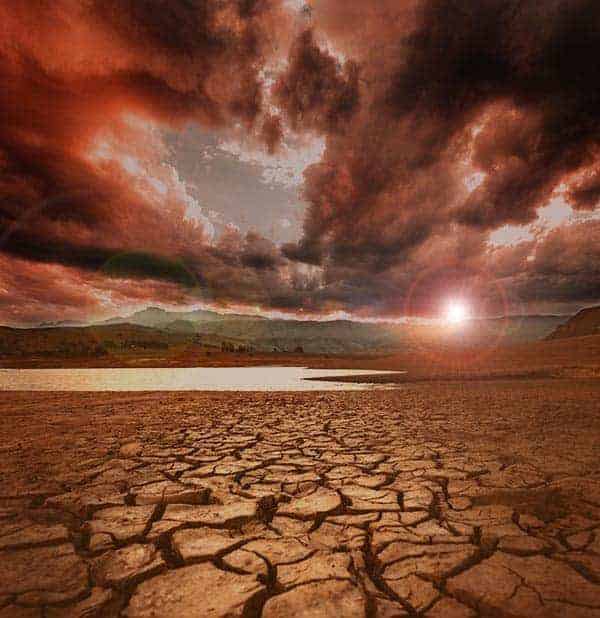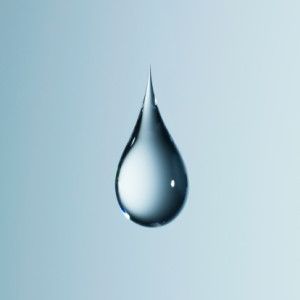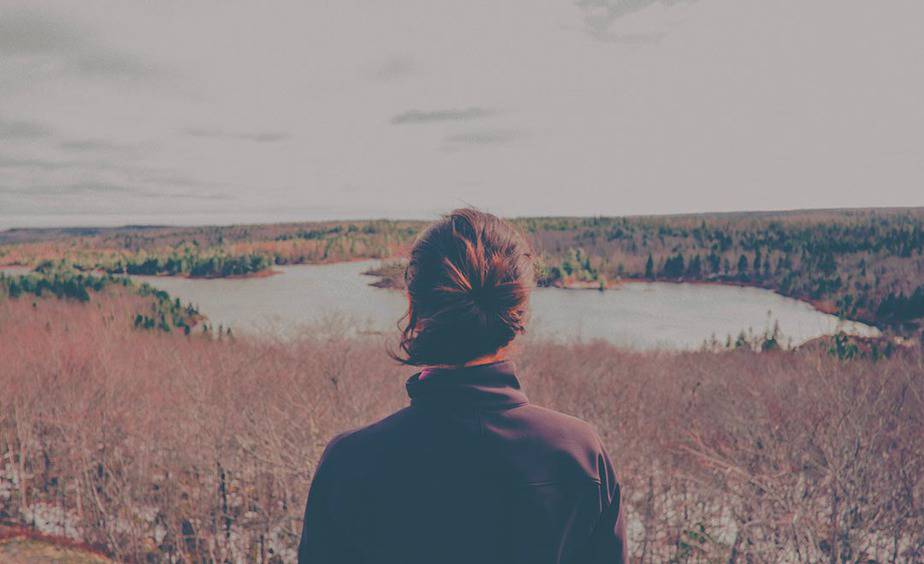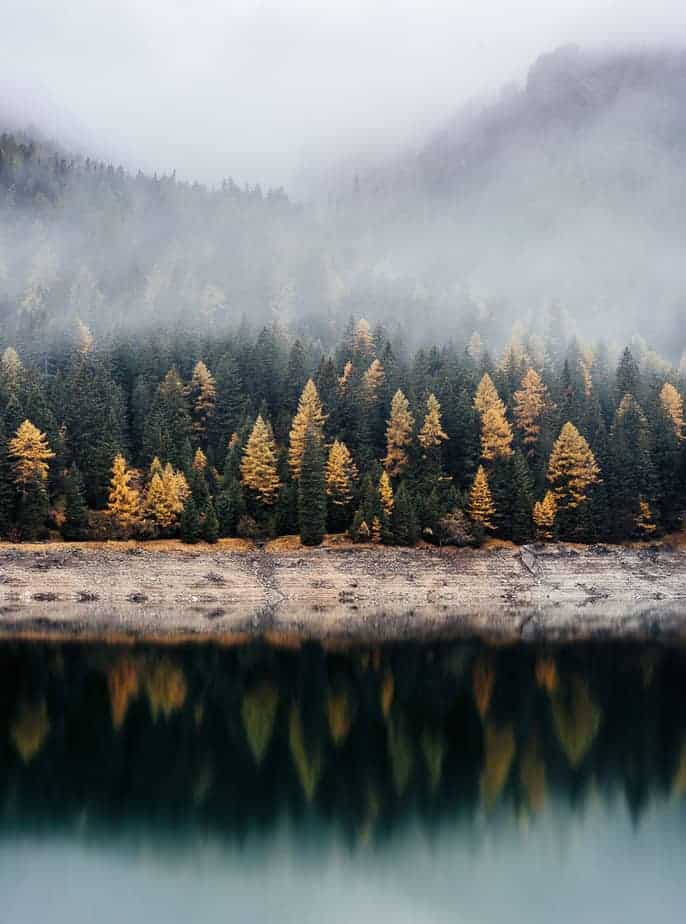DROUGHT IS A RARE OPPORTUNITY
But with opportunity there is red tape
There is an increase in dam building and dam repairs at the moment as dam owners make the most of low dam levels.
Although low dam levels are not optimal for your livestock and farming operations, it does give you a great opportunity to embark on projects to boost your future water capacity.
Apart from avoding the construction mistakes, knowing the regulations is of utmost importance if you consider to run your own dan.










